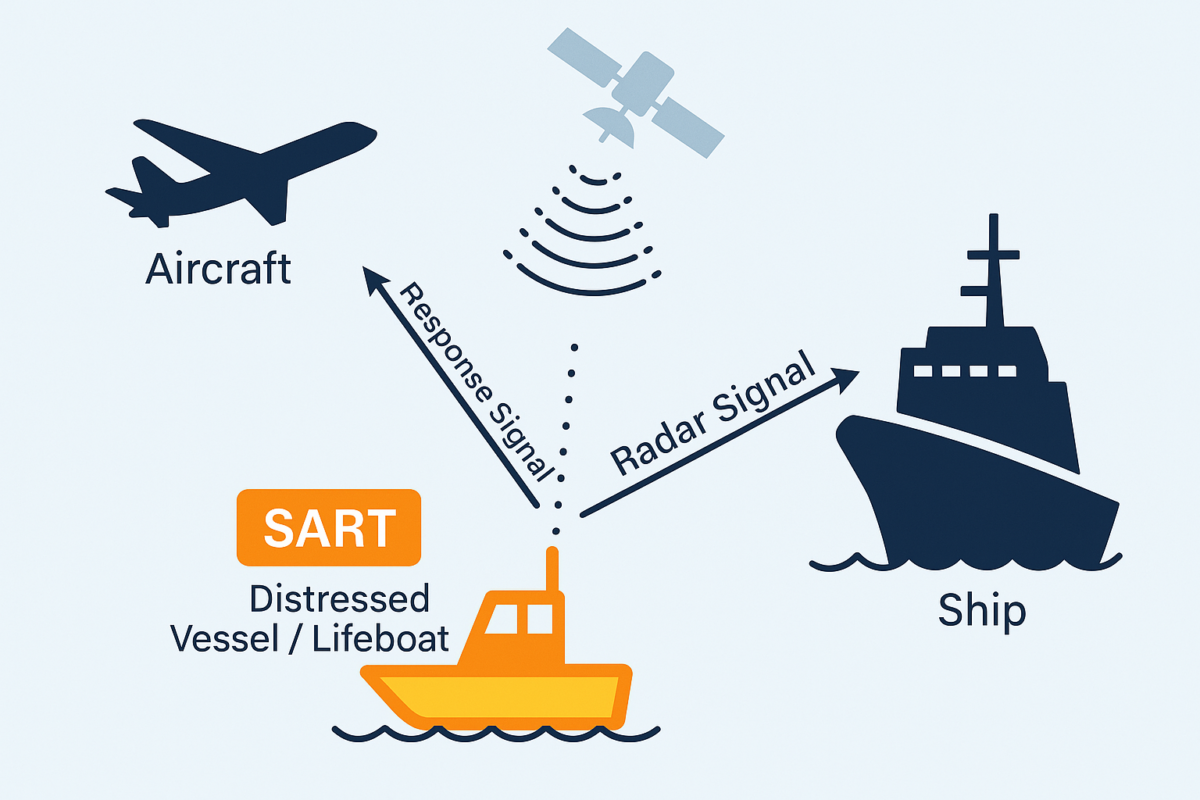What is SART (Search and Rescue Transponder)?
SART (Search and Rescue Transponder) is a radar-based emergency locating device used to assist search and rescue operations at sea. When activated, it responds to radar signals from nearby ships or aircraft by emitting signals that appear as a series of dots or lines on radar screens. This enhances visibility and helps rescuers accurately locate vessels or life rafts in distress. SARTs are compatible with X-band radar systems, waterproof, portable, and provide long operational life to ensure reliability during emergencies. They are essential for improving the effectiveness of maritime search and rescue operations, especially under poor visibility or adverse weather conditions.


